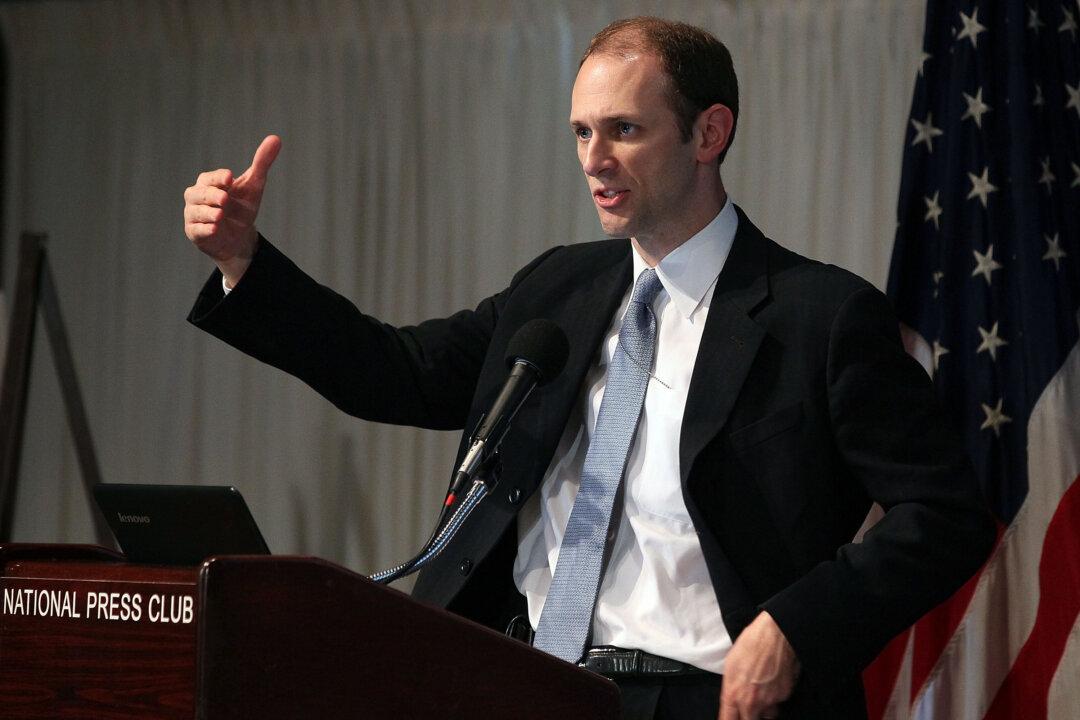The U.S. economy is going through a “strange and unprecedented moment” on the other side of the coronavirus pandemic, new Federal Reserve Bank of Chicago President Austan Goolsbee says.
Goolsbee told an audience at the Ivy Tech Community College in Goshen, Indiana, that it can be difficult to assess current economic conditions when relying on delayed data, whether it’s gross domestic product or inflation. That’s because the statistics could bounce around or provide policymakers with contradictory indicators, making it harder to observe what is occurring in the real economy, he said in his first speech since taking office in January.





